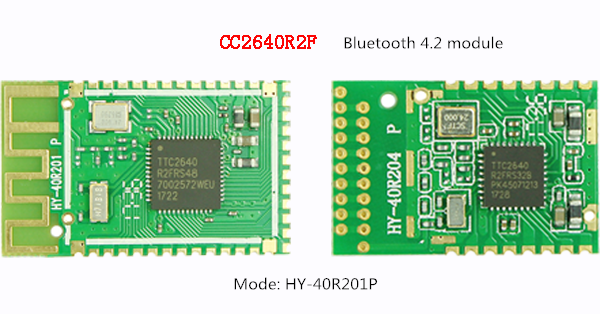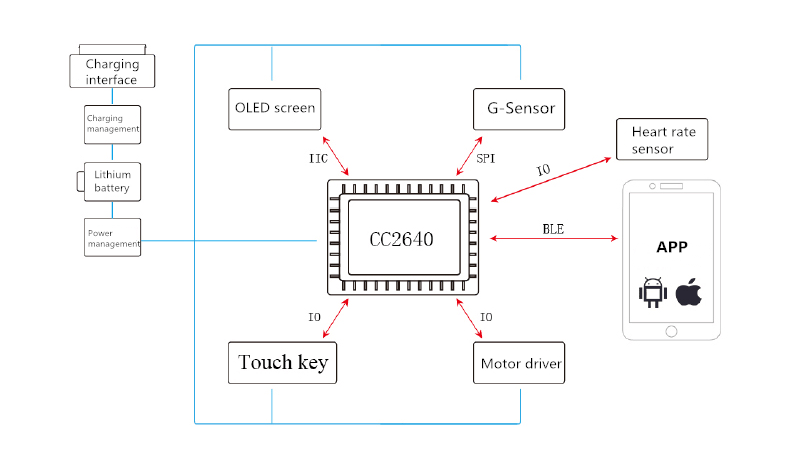With the rapid development of technology, various smart devices are emerging difference. Smart wearable devices and smart home devices centered on smartphones often use wireless connection technologies such as Bluetooth and WiFi. In particular, Bluetooth provides a stable and low-energy data transmission service for devices.
Connection scheme:
The most widely used connection technology in smart wearable terminals is BLE and WiFi. WiFi has the advantages of long distance and fast transmission, but due to high power consumption, smart wearable products are rarely used. Low-energy Bluetooth (BLE) is widely used in smart wearable terminals due to its low energy consumption. Currently, the main suppliers are Ti and Nordic. There are several BLE Bluetooth modules developed based on TI's CC2640/CC2640R2F chip in Shengrun Tech(TTCIOTSDK)


Currently, smart wearable devices are most commonly used with smart bracelets and smart watches. Among these products, the application of BLE Bluetooth module is the most common. Although WiFi is far away and has a fast transmission rate, it is too high in power consumption to be smartly worn, rarely used. The following is a selection guide for the smart wearable device BLE Bluetooth module.

Intelligent wearable device BLE Bluetooth module selection:
Firstly, we are concerned about its transmission rate, which is usually the primary consideration because it relates to the type of information being transmitted;
Secondly, Bluetooth transmission distance is an important consideration, the farther the distance is, the better;
Then, consider the power consumption, which is mainly determined by the transmission rate and distance;
Furthermore, it is the chip, which directly determines the computing power of the Bluetooth module;
Finally, the choice of interface, it is recommended that customers choose different interface types according to different needs.


